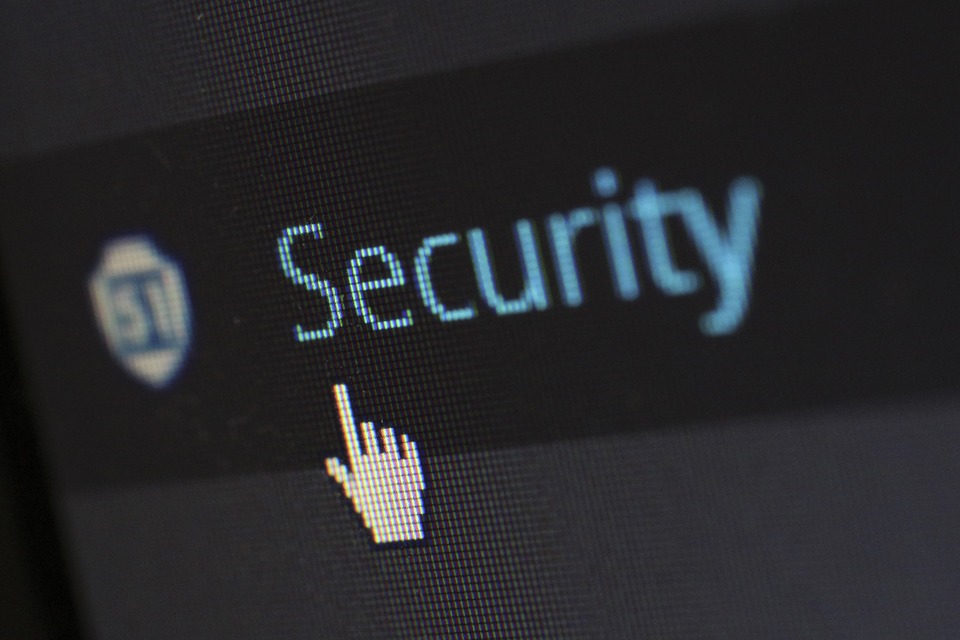How to Secure Your WordPress Website in 7 Easy Steps
 Creating a WordPress website is rather simple; you need to find a good hosting provider, think of an interesting name, and figure out what you want to write about. Get all of that, and you have yourself a website. The best blog websites are created in WordPress. It's simple to use and has some powerful tools; more than enough to create a really shiny website.
Creating a WordPress website is rather simple; you need to find a good hosting provider, think of an interesting name, and figure out what you want to write about. Get all of that, and you have yourself a website. The best blog websites are created in WordPress. It's simple to use and has some powerful tools; more than enough to create a really shiny website.
Unfortunately, due to how powerful and widely used the Internet is, it's no surprise that there are people who will attempt to hack your website and steal valuable information. Sure, you might not have any sensitive info on your website, but wouldn't you want everything to be secure as well?
Here are 7 easy steps to protecting and securing your WordPress website!
Secure Your Administrator Account:-
What's the point of owning an administrator account with all the powers provided by WordPress if you aren't going to do your best to protect it? Imagine a hacker getting access to your administrator account and changing the password. It would either take a long time to get everything back, or you'll be kicked out for good.
Make sure you use an inconspicuous password; one that is incredibly difficult to crack (your password should include random numbers and letters, without including words and easy to crack combinations). Protect your E-mail account the same way!
Install WordPress Security Plugins:-
These plugins can't repel a hacker attack alone, but they can make it more difficult for them to hack your website. There are a couple of great security plugins which you can get through WordPress; simply choose security (or type the word itself into the search bar) and install anything you think is good. Great examples include plugins which offer more protection methods and others that let only your IP address log in to your admin account.
Update WordPress, Plugins, Themes Regularly:-
As with all software, updates are a constant occurrence. If you fail to install updates on time, you will be facing some technical difficulties. Websites need to be up to date constantly, as well as plugins and themes. If they're not, some users might have issues seeing things correctly. On top of that, using old versions of this software could make it easier for people to break in.
Use Cloud Storage For Backup:-
While cloud storage isn't new technology per se, it is still rather new to be considered young. Most websites didn't use cloud storage a couple of years back, but now, things are changing. More and more companies (as well as people and websites) are starting to use cloud storage, mainly because it's easier and more convenient to use. USB Flash Drives and hard disks are slowly starting to fade when it comes to data storage.
Plus, it's more secure, as long as you use information which isn't easy to hack.
Use Secure Connections:-
Secure connections should be the only type of connection you allow on your website. Connections from insecure locations should be blocked. Additionally, using secure connections helps protect user data, as well as other information, from potential abuse from third parties.
Install Known Sources, Plugins and Themes:-
Never allow third-party apps to make changes on your website in any way. Decline everything that you may be asked. The only download trusted and well-known plugins and themes, from secure sources.
If you don't follow this method of protection, the software you install may contain malware or any other sort of virus. It's in your best interest to be assertive and 100% sure that what you're downloading and installing is safe.
Choose the Best Web Host:-
Finding a web hosting service that will provide great service at a relatively affordable price is difficult. However, there are some good ones out there that will pop up if you search hard enough. But we'll let you in on a little secret: BlueHost is one such web hosting service that has everything you need. You can start there!

 Delicious
Delicious Digg
Digg StumbleUpon
StumbleUpon Propeller
Propeller Reddit
Reddit Magnoliacom
Magnoliacom Newsvine
Newsvine
Comments
Post new comment